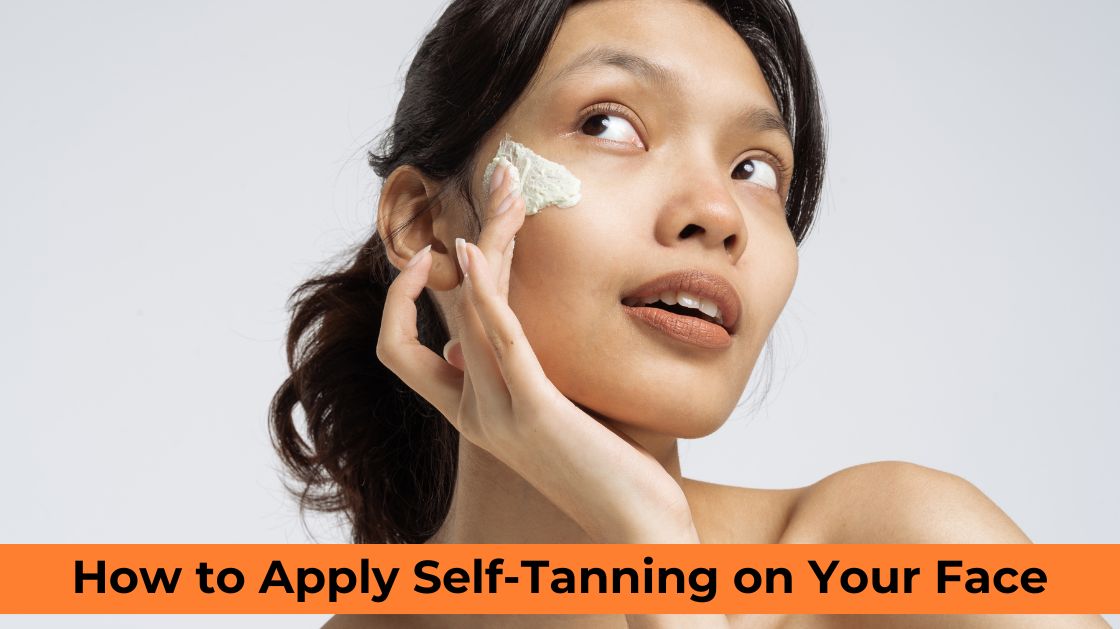Tanning beds have become a popular option for achieving a sun-kissed glow, especially during the colder months when natural sunlight is limited. However, it’s crucial to understand the proper techniques and precautions on “how to use a tanning bed” to ensure a safe and effective tanning experience.
In this guide, we will explore the essential steps, considerations, and tips for beginners to achieve the desired tan while prioritizing skin health.
How To Start Tanning?
Determine Your Skin Type
- Understand your skin’s sensitivity to UV radiation using the Fitzpatrick scale.
- Skin types range from I (very fair) to VI (very dark). Your skin type will guide your tanning routine and help you avoid overexposure.
Choose the Right Tanning Method
- Decide whether you want to tan outdoors or use a tanning bed. Each method has its pros and cons, and your choice may depend on factors such as convenience, time, and weather conditions.
Sunscreen Application
- Before outdoor tanning, apply a broad-spectrum sunscreen with sufficient SPF for your skin type. This protects your skin from harmful UV rays and prevents sunburn.
Gradual Exposure
- Start with short sessions, especially if you are new to tanning. Gradually increase the duration as your skin builds tolerance. This approach helps prevent sunburn and minimizes the risk of skin damage.
Tanning Lotions
- Consider using indoor tanning lotions if you choose to tan in a bed. These lotions are designed to enhance the tanning process and keep your skin moisturized. Follow the recommended application guidelines.
Hydration
- Stay well-hydrated before, during, and after tanning. Proper hydration supports overall skin health and helps your skin recover more effectively.
Protective Eyewear
- If using a tanning bed, always wear protective eyewear to shield your eyes from the UV rays emitted by the bed. Most tanning salons provide disposable eye protection.
Shower Before Tanning
- Shower before tanning to remove oils, lotions, and any makeup. Clean skin ensures better absorption of UV rays for an even tan.
Post-Tanning Care
- After tanning, moisturize your skin to prevent dryness. Avoid taking hot showers immediately after tanning, as this can dehydrate the skin.
Monitor Your Skin
- Pay attention to your skin’s response to tanning. If you notice any unusual reactions, such as redness, itching, or irritation, reduce your tanning time and consult with a healthcare professional if needed.
What Skin Type Are You?
Identifying your skin type
- Type I: Always burns, never tans.
- Type II: Burns easily, tans minimally.
- Type III: Burns moderately, tans gradually.
- Type IV: Burns minimally, tans well.
- Type V: Rarely burns, tans profusely.
- Type VI: Never burns, deeply pigmented.

What’s Your Tanning Skin Type?
Matching your skin type to the appropriate tanning session
- Type I-II: Start with shorter sessions, around 3-5 minutes.
- Type III-IV: Begin with 5–8-minute sessions.
- Type V-VI: You can tolerate longer sessions, 8-12 minutes.
About The Beds
Different tanning beds have varying UV intensities. Low-pressure beds emit more UVA rays for a gradual tan, while high-pressure beds produce more UVB rays for a faster tan. Choose the bed that aligns with your tanning goals and skin type.
How To Take Care Of Your Skin After Tanning
Post-tanning care is crucial for maintaining healthy skin. Hydrate your skin with a moisturizer to prevent dryness and avoid excessive exfoliation. Always wear sunscreen outdoors to protect your skin from further UV exposure.
How To Use A Sunbed
Follow these steps for a safe tanning bed experience:
- Shower before tanning to remove oils and lotions.
- Wear protective eyewear to shield your eyes from UV rays.
- Apply a suitable indoor tanning lotion to enhance the tanning process.
- Position yourself evenly in the bed, alternating sides during the session.
The Do’s and Don’ts Of Sunbeds
Do’s:
- Follow the recommended tanning time for your skin type.
- Moisturize regularly to maintain skin hydration.
- Use protective eyewear to shield your eyes.
- Consult with a professional if you have any concerns.
Don’ts
- Overexpose of your skin by exceeding recommended tanning times.
- Tan too frequently, giving your skin time to recover.
- Forget to moisturize after tanning.
- Ignore any unusual reactions – consult a dermatologist if needed.
Tanning Bed Tips For Beginners
- Start with shorter sessions and gradually increase the time.
- Use indoor tanning lotions for better results and skin protection.
- Limit tanning frequency to avoid overexposure.
- Regularly clean the tanning bed to ensure a hygienic environment.
Conclusion
Tanning beds can be a convenient option for achieving a tan, but it’s crucial to prioritize skin health. By understanding your skin type, choosing the right bed, and following proper tanning practices, you can enjoy a safe and effective tanning experience.
Remember to care for your skin post-tanning and consult with professionals if you have any concerns. Happy tanning!













